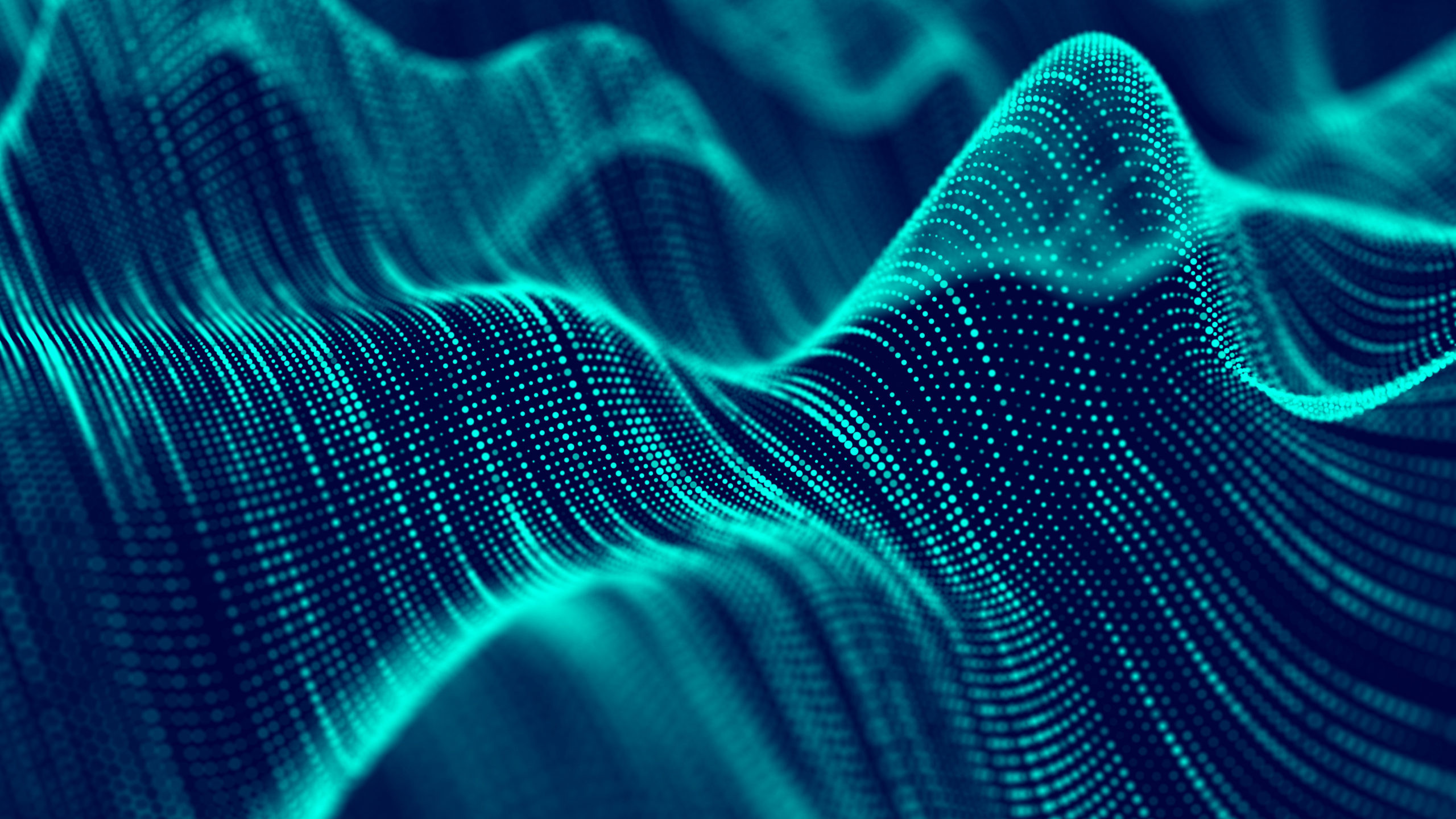
Artificial intelligence in natural disaster prediction
Over the past century, techniques for monitoring, forecasting and managing natural disasters have developed considerably as a result of technological progress. These new methods include the use of artificial intelligence which, given its ability to anticipate future events, could make a huge difference and help limit the human and material costs of such disasters.
An intelligent algorithm for predicting earthquakes
Since seismic forecasting largely involves anticipating the occurrence of sudden and catastrophic earthquakes, artificial intelligence is proving to be a valuable tool for detecting and analysing the first signs of these types of events. However, researchers can sometimes come up against a major obstacle: high-magnitude earthquakes – the ones that seismologists would most like to be able to predict – are also the rarest, due to the exceptional nature of the conditions required for them to occur. This raises the problem of the lack of data needed to train the algorithm properly. Conversely, small, imperceptible earthquakes occur daily, along the same fault lines from which high-intensity events originate and, moreover, they involve identical physics and mechanisms. These “micro-earthquakes” therefore represent a useful source of untapped information in the quest to understand and predict earthquakes.
With the specific aim of overcoming this problem, a group of researchers at Stanford University has developed a new machine learning algorithm, named Earthquake Transformer[1]. This algorithm is capable of providing a level of accuracy close to that of human analyses and of detecting a larger number of earthquakes, particularly those of low intensity, which are usually not identified by traditional detection methods. This increased detection power has been achieved by adapting the best medical image processing and voice capture algorithms to detect even the weakest of signals. Being able to identify and then study the smallest earthquakes is of considerable interest: this provides a better overall understanding of how these events are distributed along a fault line, and also helps learn more about how they are triggered and how they stop. According to Gregg Beroza, seismologist and professor of geophysics at Stanford University: “The more information we can gather about a deep, three-dimensional fault structure, through improved monitoring of small earthquakes, the better we can anticipate future events.”
Anticipating floods to facilitate decision-making
Uneven ground, the amount of snowfall, thaws or rising water levels are all variables that make it difficult to accurately predict which areas will be flooded. To compensate for this vast variety of parameters that need to be taken into account, scientists and industry giants from the Silicon Valley are planning to use artificial intelligence tools, fed by data from satellite images, in addition to those provided by maps[2]. For example, Google researchers have collected thousands of satellite images to create a digital model of the terrain in India, where periods of heavy rainfall are frequent. They then generated numerous simulations from this model to identify how the rivers might behave in the event of a flood. With access to real-time rainfall data provided by the Indian government, researchers are now able to predict potential floods by incorporating this data into their numerical model and observing the evolution of simulated river behaviour. This enables them to alert the authorities a few days in advance by performing Google Maps searches and, consequently, to best prepare for evacuations with Android notifications.
Building on this, engineers at Google Research have developed an artificial intelligence tool that can forecast the weather to within 5 minutes[3]. While this technology, known as “ML for Precipitation Nowcasting from Radar Images”, is well suited to weather forecasting, it could also be a key to anticipating certain natural disasters in the future. In concrete terms, Google engineers have decided to treat satellite captures like photographs, disregarding the laws of physics and using image recognition algorithms. The algorithm retrieves images in maximum definition, compresses them, and then tries to reconstruct them on its own. By providing its AI with weather images scanned between 2017 and 2019, the tech company has taught it to guess how each cloud and weather phenomenon works. However, while this technology is promising, it remains limited for the time being, as it cannot make weather estimates beyond a 6-hour period.
Although there is still a long way to go, the use of artificial intelligence in natural disaster prediction, combined with the emergence of new technologies, undeniably opens up a great number of possibilities for supporting governments in their understanding and perception of natural phenomena. By appropriating these intelligent tools, they are now able to monitor the evolution of these phenomena more precisely than ever, enabling them to respond appropriately and to minimise the human and material impacts.
[1] https://earth.stanford.edu/news/ai-detects-hidden-earthquakes#gs.zff0zm
[2] https://www.ledevoir.com/societe/science/576661/et-si-l-ia-pouvait-predire-les-inondations
[3] https://www.01net.com/actualites/avec-son-intelligence-artificielle-google-vous-dira-exactement-quand-il-va-pleuvoir-1841793.html

